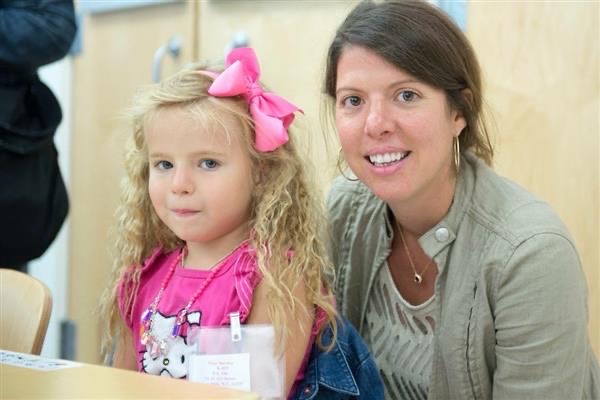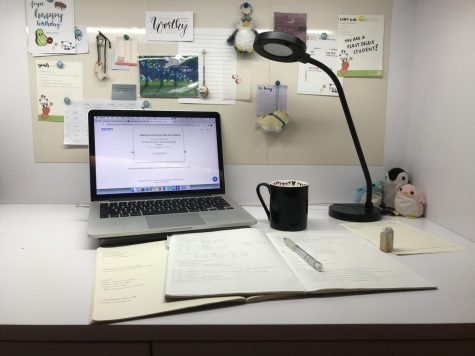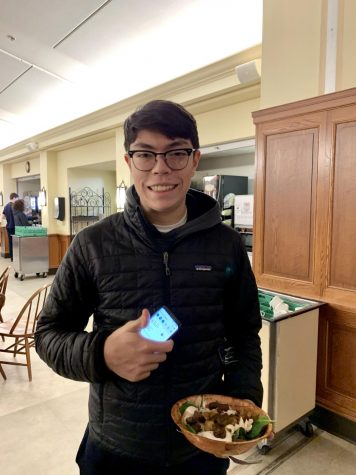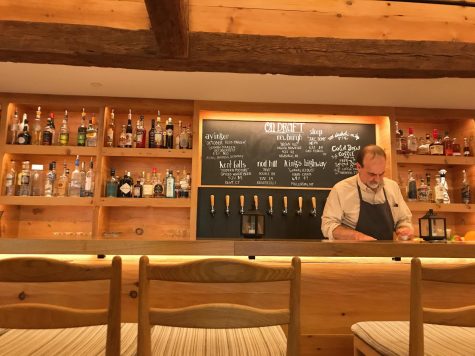School participates in study on bat activity
October 25, 2021
The Kent School Science Department has been assisting Dr. Devaughn Fraser, a wildlife biologist, with a research project regarding bats.
Bats serve not only as wonderful Halloween decorations but also as crucial players in maintaining a healthy ecosystem. They pollinate and spread hundreds of seeds and help control the insect population (The Night, 2012). However, a deadly fungal disease known as White-Nose Syndrome has been killing a substantial amount of hibernating bats. The disease is caused by an invasive fungus that thrives under cold conditions; it grows under the skin of the bats which will affect their hibernation and result in starvation and even death (White-Nose Syndrome, 2021).
Dr. Fraser collaborated with Mr. Klingebiel and Mr. Benjamin to set up two sensors around the Kent School campus in order to explore bat activity. One sensor was off Skiff Mountain Road by the white barn, an area where many bats roost. The second sensor was located by Field Dorm. It has a view of many bat habitats like the Macedonia Brook, Hockey Pond,Wetlands, Mt Algo, and the Chapel. The sensors stayed on for about two weeks. The sensors were acoustic which converted the bats’ echolocation ultrasound signals into audible frequencies and allowed researchers to identify particular bat species.
According to the results concluded from the sensors, the white barn off Skiff Mountain Road is predominantly inhabited by Big Brown Bats but also a few Little Brown Bats. Dr. Fraser was mostly looking for Eastern Smallfooted Bats, which are historically very rare. She was able to detect some activity of them at the Marvelwood School.
The next steps of the project is to focus on monitoring and conservation efforts. A majority of bat species are either state threatened or state endangered, therefore, keeping the many species alive is vital. Some other monitoring efforts include mobile surveys and monitoring places where bats are known to hibernate.
Dr. Fraser spent many years traveling around the country and partaking in different projects like bobcat research prior to earning her PhD. She fell in love with bats during a study in Kentucky that focused on the impact of White Nose Syndrome on bats. Dr. Fraser believes that “every species has its own personality” and that “it’s so fascinating that they are the only mammals capable of true flight.”
*There are volunteer opportunities to support the Department of Energy and Environmental Protection’s bat study! Dr. Fraser would love to receive colony counts of the bat population in the white barn once or twice a year. Please let us know if you are interested. *







